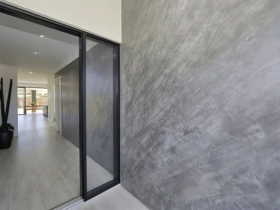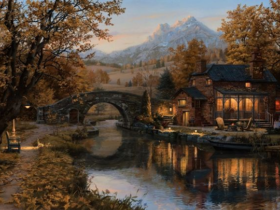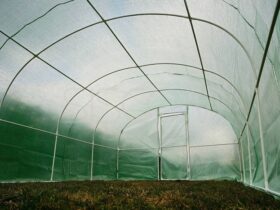Water has always been in the field of human interests. For a long time, people built their settlements on the banks of rivers, lakes, seas and oceans. This is due not only to aesthetic pleasure, water is a source of life, so only the most worthy people could have a dwelling near water. Since then, little has changed. Even today, real estate, built near reservoirs, costs more. If you are not worried about the financial side of the issue, then you can afford such a luxury. If not, then let’s try to solve the issue somehow differently.Perhaps you are not a very large plot and you are not lucky with a reservoir, it is simply not nearby. In this case, you can try to create a water structure in the garden. Thanks to the reservoir, vegetation will come to life on your site, it will become cooler and the landscape will become closer to natural nature. Specialists in this matter recommend that you begin to decide where and what size your reservoir will be. If you plan to form it in the future using plants, then you need a sunny place protected from the wind. Large trees should not be near the reservoir, autumn foliage will cause a lot of anxiety.
Determining with the size, it is worth taking into account the size of the garden so that everything is proportional. A large reservoir will reduce the space. Everything should be harmonious, such is the principle of landscape design. The smallest size of the reservoir, in which it is possible to eliminate the blooming water 3.5-4 square meters on the surface and 0.5 meters of depth. Having decided on the size and place, solve the question of the form of the reservoir: geometric or arbitrary you want to see it. This decision will depend on the common landscape style of your garden. With a strict style, the geometric shape is appropriate, if the garden is a landscape, then it is worth choosing forms close to natural reservoirs. Designers say that geometric forms look successfully near buildings or in the ground part of the garden.
For further design, keep in mind that there are certain groups of plants with which water bodies are decorated. These are plants of the coastal zone (AIR, Bolotnitsa, Highlander, Iris, Kamysh, forget -me -nots, sedge, arrow, Rogoz and many others). They love moisture and sun, grow very picturesque, creating a natural type of reservoir. There are plants that live on the surface of the water, though they need water calm (water red, water hyacinth, bubble, teloresis and others). It is very easy to plant them: just lower them in the water in a sunny or partial as a teenage place. Deep -sea plants with long stems may be needed, due to which the leaves will rise to the surface of the water. But do not overdo it with them. Experts believe that 50% of the water mirror is enough for them. This vegetation is good with a slow flow of water or for standing water bodies. Surely, you also heard about the plants of oxygenators, due to which the cleanliness of the reservoir is maintained. They absorb minerals and carbon dioxide and, in addition, enrich water with oxygen. This is a hornet, Urut, Elodea, Rdest. Around the reservoir itself, decorative herbs will look good.
It is not enough to create a reservoir, it requires care and attention, cleanliness and maintenance. In summer days, standing water can turn green, and an unpleasant odor will spread from dying algae, and in the winter you will have to protect the reservoir from freezing, creating airspace between water and ice. If the reservoir is small, then it is easier to cover it with thermal insulation material. As for cleanliness, there are many means to maintain it.











Оставить коммент.